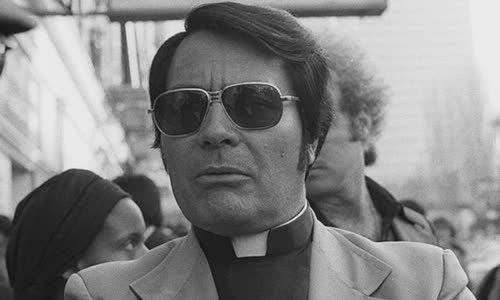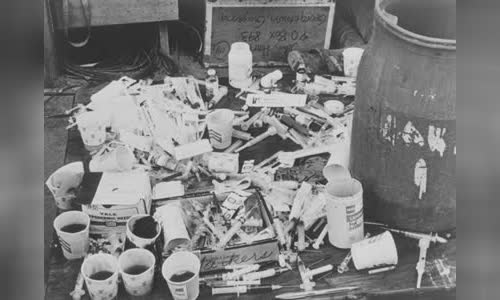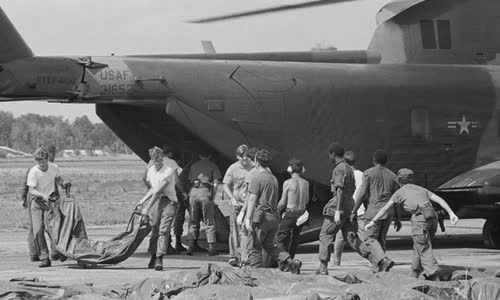Prior to 9/11, the tragedy in Jonestown in 1978 was the most unnatural event causing American civilian casualties and most of the victims were black.
Jim Jones, a white man born in 1931 in Indiana, founded the Peoples Temple Christian sect in Indianapolis in 1955. It was one of the first multi-racial sects in the Midwestern United States, at the time.

Jim Jones in the US in 1977 Photo: Nancy Wong
Jones said he strongly opposed racism.
In the early 1960s, Jones read an article in Esquire magazine listing nine safe locations around the world in the event of a nuclear disaster.
Peoples Temple flourished in the 1970s. Jones befriended politicians and media outlets in California.
Thousands of believers, mostly African-Americans, joined the organization.
Although the Peoples Temple is actively involved in humanitarian activities, Jones treats the followers badly.
Jones is becoming increasingly paranoid about the world around him.
In 1977, Jones decided to move with about 1,000 believers to live in Jonestown, the settlement he had prepared in South American country Guyana in about 3-4 years.
A telegram from the U.S. Embassy in Guyana sent to the US State Department in June 1978 describing the Jonestown settlement as "almost completely autonomous" because the local government had little or no operational control.

Cups and needles containing poison in Jonestown in November 1978 Photo: Bettmann Archive
But Jonestown is not heaven as Jones promises.
Foul members were severely punished, beaten and locked up in small-sized prison coffins or left overnight in shallow wells.
Weakening of Jones' health, he became increasingly paranoid, fearing that the American government and other forces wanted to destroy him.
Jones also proposed the idea of "revolutionary suicide" - the last resort that he and his followers will use if enemies appear.
In November 1978, US Senator Leo Ryan went to Guyana to check on Jonestown's activities, after hearing rumors that some sectarian members were held against their will and that some were physically and mentally abused.
Ryan felt that Jonestown was not as catastrophic as he thought, the vast majority of believers seemed to really want to be here.
Congressman told Jones that he would write a positive report on the situation in Jonestown.
Later, Jones broadcast the speaker to ask the followers to rally to commit suicide.

The victim's body was taken from a US military helicopter in Georgetown, the capital Guyana to transport to the US in November 1978. Photo: AP
"Die with face, don't die in tears and in pain. I don't care how many screams you hear, I don't care how many grief-stricken cries and death is better than
A Christian woman said that she was not afraid to die but the children deserved to live.
The poison was then pumped into the mouth of the child with a syringe, several dozen were injected with the solution, others drank directly.
When Guyana officials arrived the next day, they screamed in horror as they witnessed the scene of the corpse lying down.
Media at the time described it as a mass suicide but now, this event is often called mass murder or massacre.
More than 100 believers survive the tragedy, including those on missions elsewhere in Guyana or fleeing into the forest.
In a memoir published in 1995, Thrash wrote: "Those are people I know and love. I didn't want to be there in the first place. I never wanted to go to Guyana to die. I couldn't imagine Jim doing it."



 Beverly Jane Chua Malamog
Beverly Jane Chua Malamog







